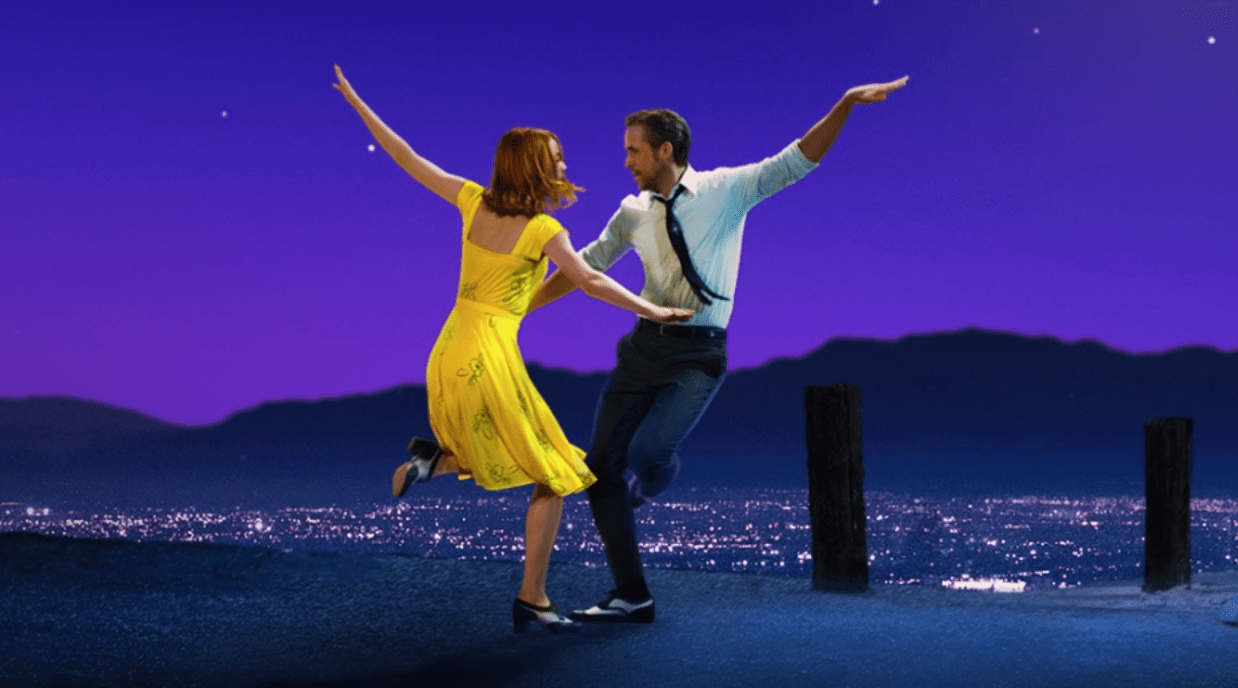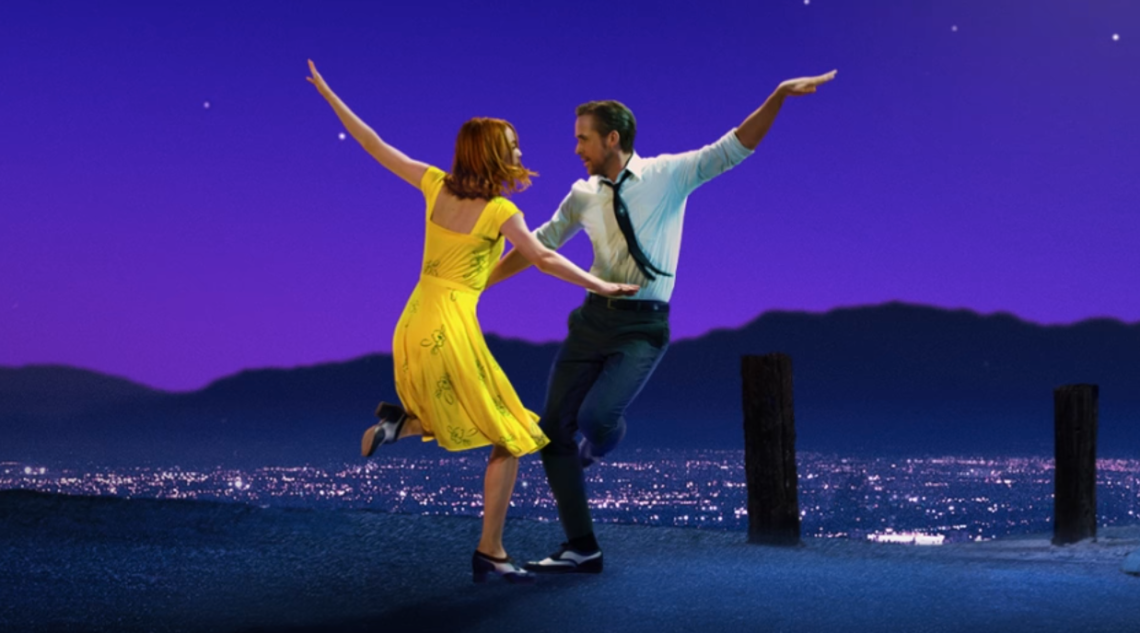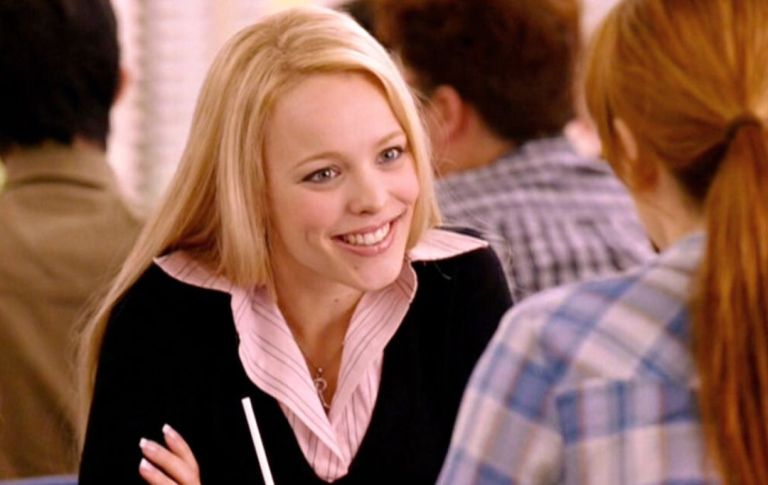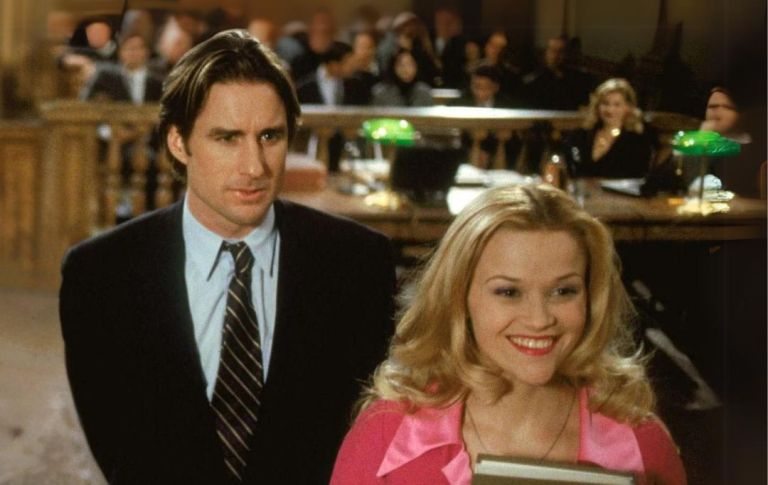
21 Reasons Why La La Land Is The Most Unbearably White Movie Ever
The more enjoyable and relatable you find La La Land, the whiter you are. And if you ever meet anybody who tells you it’s their favorite movie? Yeah, it’s pretty much a lock they secretly want you and everybody who looks like you ethnically cleansed.
By James Swift

Over the last couple of years, the consensus among academics and idealistic college kids is that race – you know, that thing that doesn’t have ANY sort of biological basis whatsoever even though anthropologists can pick up a 10,000-year-old skull and tell you what ethnic group it belonged to and all of us can spit in a test tube and find out where our great-great-great-great-great-grandparents came from in five minutes – is indeed a social construct.
I’ll let pioneering second (or is that third, or second and a half?) wave feminist Marilyn Frye break it on down for you unlearned people. In her 1983 essay “On Being White: Thinking Toward a Feminist Understanding of Race and Race Supremacy,” she described socially constructed whiteness as the following: “It does not just refer to skin color, but is ideology based on beliefs, values, behaviors, habits and attitudes, which result in the unequal distribution of power and privilege based on skin color.”
Of course, if that’s the case, the white folks are doing a pretty lousy job of suppressing the minorities, seeing as how Indian-Americans, Taiwanese-Americans, Filipino-Americans, Israeli-Americans, Lebanese-Americans, Iranian-Americans, Japanese-Americans, Chinese-Americans, Syrian-Americans, Palestinian-Americans, Pakistani-Americans, Nigerian-Americans, Indonesian-Americans, Egyptian-Americans, Turkish-Americans and Armenian-Americans all make more money than the average American Caucasian. But that’s not what’s important for this article. Instead, we’re going to be talking about “whiteness” as some sort of shared cultural attitude.
Now, as a poor boy from Georgia – which, by the way, has the highest number of black residents of any state in the country – it dawned on me very early in my elementary school years that socioeconomic class played a much greater role in dividing the masses than race. If you were a poor kid in the South circa 1993, it didn’t matter what your color was, because you shared the same resource-deficient lifestyle. The poor white kids who lived out in the woods and the poor black kids who lived in the inner city wore the same clothes, ate the same foods, shared the same vocabulary, watched the same movies, listened to the same music and were both united by a feeling of overall cultural inadequacy. We certainly had more things in common with each other than the more well off students without our own arbitrarily designated racial ingroups. In that, being black and white didn’t matter, because the thing that truly separated us culturally was an altogether different color: good old fashioned green.
So when most people talk about socially constructed whiteness, I think they’re talking about upper middle to lower upper class whites, who actually have things like money, and college trust funds and a father figure in the household – you know, all of those empowering elements of unconscious white privilege I was consciously aware I didn’t have.
You know, I’ve been waiting years for some proponent of intersectionality to come along and invite me into the Axis Powers against Whiteness. Trust me, lower class whites are the absolute GREATEST asset any social justice activist organization could ever have because we can tell you straight up how the prejudiced rich white person mind works. Why? Because historically, we’ve been their favorite social punching bag. They made fun of the way we dressed in high school and fired our daddies and sexually harassed our mamas at work and tore down our trailer parks to build third-rate golf courses and day spas. THESE are the whites you really ought to be keeping an eye on. The great hellmouth of white racism isn’t at NASCAR events or country music concerts – it’s in the closed-door meetings of your local Chamber of Commerce and Rotary Club.
Which brings us to what is unquestionably the unsurmountable apex of rich white person culture – La La Land.
For those of you not in the know, La La Land recently got nominated for a record 14 Academy Awards, because in the wake of the #OscarsSoWhite backlash, giving a movie starring acclaimed African-American thespians Emma Stone and Ryan Gosling every statuette ever is the most progressive thing the Academy could possibly do.
If you want insight into the sick, twisted and depraved mind of the socially constructed white person intersectionalists keep warning us about, I assure you NOTHING will ever match the excruciating unconscious whiteness of this movie. La La Land is so white, it makes The Breakfast Club look like Boyz N The Hood.
In fact, I managed to chalk up 21 reasons why this Oscar frontrunner isn’t just the whitest film in Hollywood history, but quite possibly the most painfully white thing ever:
No. 1 – The lead actress is supposed to be a working class Starbucks employee, but she’s somehow able to afford a spacious apartment in L.A. that would cost $5,000 a month in 2017 dollars.
N0. 2 – The screenplay contains use of the word “tapas” more than once.
No. 3 – There’s an entire subplot about how much the lead actor likes a stool because Stokely Carmichael allegedly sat on it once.
No. 4 – There’s literally an entire musical number with vain white girls singing about their obsession with materialism and celebrityhood.
No. 5 – The leading actor is a lazy white guy obsessed with making music black people already perfected 75 years ago…
No. 6 – …whose idea of fighting the system is playing unsolicited solos during Christmas parties.
No. 7 – J. Jonah Jameson from the Spider-Man movies shows up for literally one scene and leaves.
No. 8 – The soundtrack features a cover of A-Ha’s “Take On Me.”
No. 9 – Emma Stone lip syncs and vogues to “I Ran” by the Flock of Seagulls during an ‘80s themed pool party. You know, the version of the 1980s without a crushing economic recession, AIDS or a community-destroying crack cocaine epidemic.
No. 10 – Emma Stone literally says the line “No, Jamal, you be trippin’.”
No. 11 – The main characters’ first date is at an observatory.
No. 12 – There’s an entire 10 minute passage where the characters literally do nothing but walk around talking about Casablanca and the intricacies of saxophone solos.
No. 13 – One scene literally revolves around the main characters arguing over what makes a one-woman play successful.
No. 14 – The only black person in the movie with more than three lines is John Legend.
No. 15 – There’s a LONG exchange about what makes lighting truly “nostalgic.”
No. 16 – There’s this one part where a fire alarm goes off in a kitchen and you can’t tell if it’s real or just on the soundtrack. Clearly, this is the kind of directorial choice that can only be used on an upper-class white audience, because everybody else would’ve hauled ass into the lobby as soon as it started blaring.
No. 17 – At one point, Emma Stone tries to “clear her mind” by driving through the desert.
No. 18 – In one scene a car alarm goes off for literally a full minute. Again, this is something that can ONLY be used on rich white moviegoers, because anybody else in the theater would be too worried that their actual cars were getting robbed in the parking lot.
No. 19 – Emma Stone literally cries because she thinks other girls are prettier than her.
No. 20 – The denouement involves a song and dance routine about a character’s dead grandma.
N0. 21 – And lastly – and quite possibly the whitest – the movie ends by exploiting every socially constructed white person’s greatest fear: that one day, their ex might have a more stable career than they do.
But in that, I think La La Land DOES serve some sort of important cultural function: that being, a proper litmus test for just how constructionally white someone is.
Simply put? The more enjoyable and relatable you find La La Land, the whiter you are. And if you ever meet anybody who tells you it’s their favorite movie? Yeah, it’s pretty much a lock they secretly want you and everybody who looks like you ethnically cleansed. ![]()











